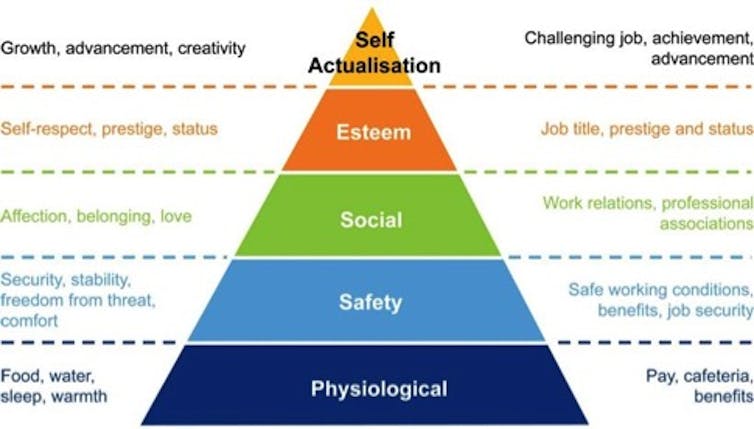In business the concept of happiness is likely to make some groan, roll their eyes or be dismissive. But increasingly we can’t ignore the evidence that it helps business.
Modern science is measuring the positive effects of happiness on the mind and body more effectively, so businesses are becoming more interested in how it can be achieved and help optimise what they do.
In the age where creativity and innovation are required for a competitive edge, you need a workplace which encourages idea-generation along with a high rate of productivity and a healthy bottom line. Here’s how happiness makes that happen.
It broadens your focus and expands your thinking. The positive brain is 31% more productive than the brain in a negative, neutral or stressed state.
As your mind opens up there’s greater curiosity, free flow of ideas and productivity. Engagement is a measure of this.
Surveys from the American management consulting company Gallup continue to find that only 13% of employees are actively engaged at work. In the US alone, this could mean a cost of up to US$550 billion in lost productivity annually. A 700-person study by economists at the University of Warwick found that happy employees were 20% above the control group in terms of productivity.
The same study found unhappy workers were 10% less productive than the control.
It shows individuals who are happier tend to:
- manage their time more effectively
- exhibit more creativity
- solve problems more effectively
- collaborate better around common goals
- make better leaders.
The pursuit of happiness for employees
Having a great company culture that encourages happiness can generate better solutions and innovation that might not have come to light in a more oppressive environment.
Two theories link culture and happiness: Maslow’s needs theory and comparison theory.

Author provided
Maslow’s needs theory says whether or not your needs are satisfied will determine if you will lead a good life. The more needs are satisfied, the happier people will be. It also dictates we are only motivated by a need, if lower level needs are met.
Before you can be motivated to improve yourself, basic needs such as food, water, safety, belonging and esteem must be taken care of.
Maslow’s hierarchy can be easily used to show correlation between what needs are to be satisfied at an organisational level for an employee to grow. When a workplace is designed and managed to create meaning for its workers they tend to be healthier and happy.
Comparison theory indicates that human happiness depends on comparisons between actual standards of quality of life and perceived life circumstances, called benchmarking.
Using benchmarking we can see growing examples of organisations that are successful in meeting their employees needs, allowing employees to grow and self actualise. Examples of where employee growth is being realised can include creativity and pursuit of knowledge. That takes time and the ability to reflect.
3M adopted a program in 1948 that allowed employees to use work time to follow their passion and hatch ideas. The concept is called “15 Percent Time”. The scientist Art Fry invented the Post-It Note through the use of this program.
More recently, Google introduced a program they call “innovation time off” or 20% time, where they give the employees the opportunity to not “work” for eight hours of their week to complete side projects that drive creative and innovative ideas for the company. This resulted in the creations of Gmail, Google Earth, and Google Talk.
Hewlett-Packard Labs gives employees personal creative time during which new products have been created, such as clear bandages and optical films that reflect light.
![]() There is an exceptionally strong case to show that if you build a company culture to generate greater levels of happiness, purpose and engagement you will reap the rewards, employees can self actualise, innovate, and produce better results for the company.
There is an exceptionally strong case to show that if you build a company culture to generate greater levels of happiness, purpose and engagement you will reap the rewards, employees can self actualise, innovate, and produce better results for the company.
Petrina Coventry, Professor, University of Adelaide
This article was originally published on The Conversation. Read the original article.


